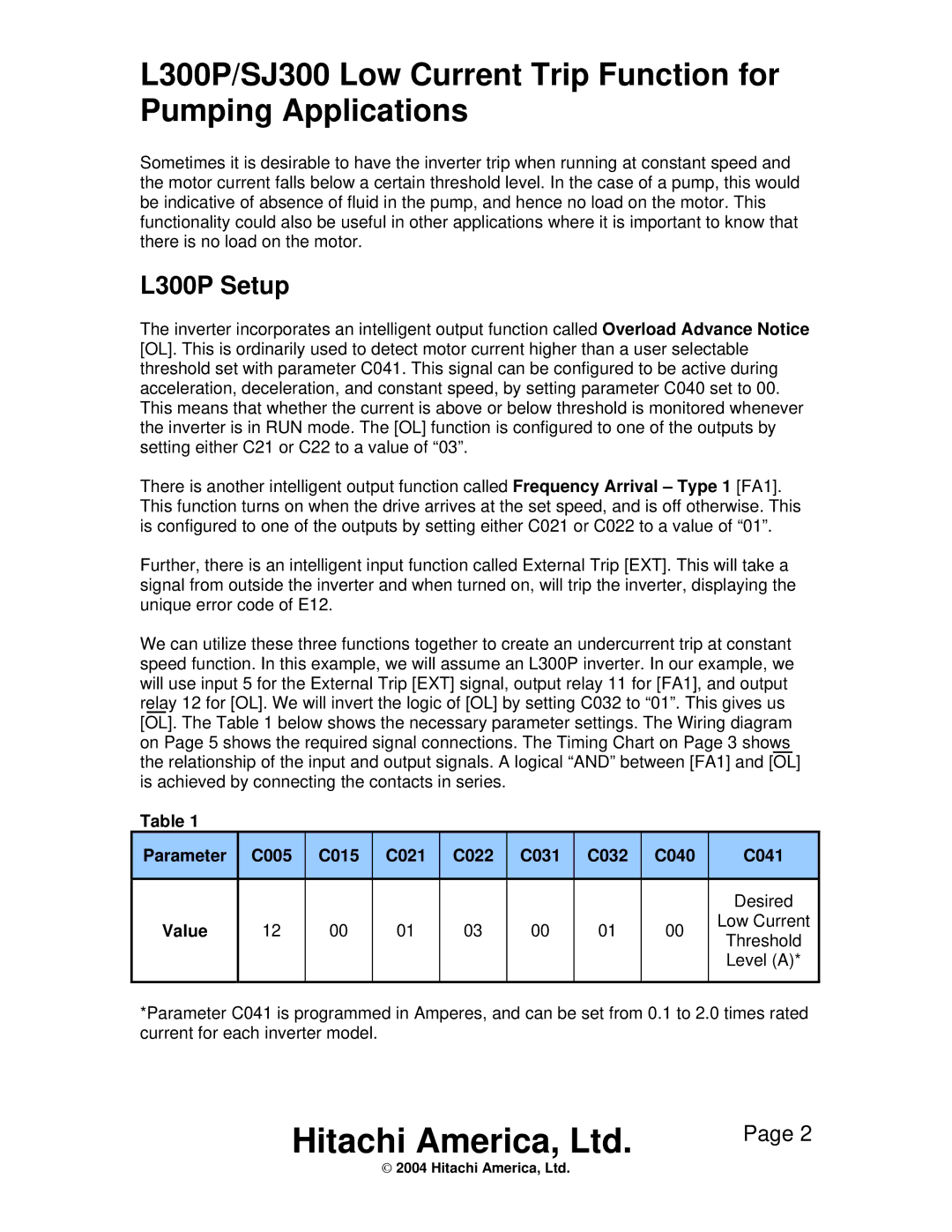hitachi low current trip function for pumping applications specifications
Hitachi, a global leader in technology and innovation, has developed a highly efficient low current trip function specifically designed for pumping applications. This feature is pivotal for ensuring the reliability and longevity of pumping systems. In various industries, including water management, oil, and gas, maintaining optimal operational efficiency is crucial. The low current trip function plays a vital role in achieving this by preventing equipment damage due to electrical faults or overload conditions.One of the main features of Hitachi's low current trip function is its ability to detect abnormal current levels in real-time. This allows for immediate action to be taken, ensuring that the pump equipment remains protected from potential damage. By monitoring the current levels and automatically tripping the circuit when thresholds are exceeded, the system helps to prevent overheating and premature wear of components. This proactive approach not only minimizes downtime but also reduces the overall maintenance costs associated with pump operations.
Technologically, Hitachi integrates advanced microprocessor-based control systems within their pumping solutions, enabling enhanced monitoring and feedback loops. These systems provide detailed insights into operational performance, allowing operators to make data-driven decisions. The low current trip function is part of a broader suite of protective features designed to enhance the operational efficiency and safety of pumping applications.
Additionally, the low current trip function is characterized by its adaptability to various pumping environments. It can be customized according to specific application requirements, ensuring optimal performance across different settings. This flexibility is essential for industries that may experience fluctuating operational conditions, requiring an adaptive response to changing demands.
Safety is another critical aspect of Hitachi’s low current trip function. By implementing stringent protective measures, operators can rest assured that their pumping systems are safeguarded against electrical anomalies. This focus on safety helps to foster a reliable operational environment, reducing the risk of catastrophic failures that could disrupt services.
In conclusion, Hitachi's low current trip function is a vital component in the performance and reliability of pumping applications. With its ability to monitor current levels, advanced microprocessor integration, adaptability, and emphasis on safety, it stands out as a significant technological advancement in the industry. As industries continue to evolve, such innovative features will be essential in sustaining productivity and reducing operational risks.
